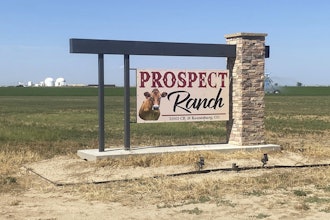
The EPA is deleting the River City Metal Finishing Superfund site in San Antonio, Texas, from the National Priorities List (NPL) of Superfund sites. The NPL is a roster of the nation’s most contaminated sites that threaten human health or the environment. Deleting a site from the NPL happens when cleanup of the contamination is complete and allows residents to move forward in reusing and redeveloping the land.
The River City Metal Finishing site in San Antonio, Texas, is a former metal plating shop that operated from 1994 until approximately 2002. The Texas Commission on Environmental Quality (TCEQ) performed cleanup work such as removing containers of waste and demolishing the building while disposing of hazardous materials off site. The TCEQ referred the site to EPA in 2017 when hexavalent chromium was found in groundwater.
EPA conducted remedial investigation activities at the site from March 2019 to July 2020. In addition, EPA’s 2021 Record of Decision selected “no action” because no hazardous substances, pollutants, or contaminants remain at the site above levels that preclude unlimited use and unrestricted exposure. The site does not pose unacceptable risks to human health and the environment for future residential, commercial, and industrial land use.
EPA encourages site reuse throughout the cleanup process. Deletions from the NPL can revitalize communities, raise property values, and promote economic growth by signaling to potential developers and financial institutions that cleanup is complete. The Superfund program will continue to remain a top priority at EPA to ensure public safety and to maintain a clean environment.
“This is an action that has been decades in the making for the residents of Bexar County,” said Regional Administrator Dr. Earthea Nance. “By working alongside impacted communities and the TCEQ, we improved public health and the environment while paving the way for the land to be reused. We are pleased with this outcome, and I want to thank all parties involved in making this monumental achievement possible.”






















